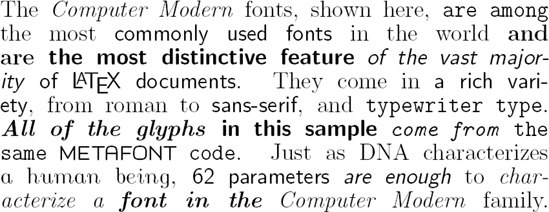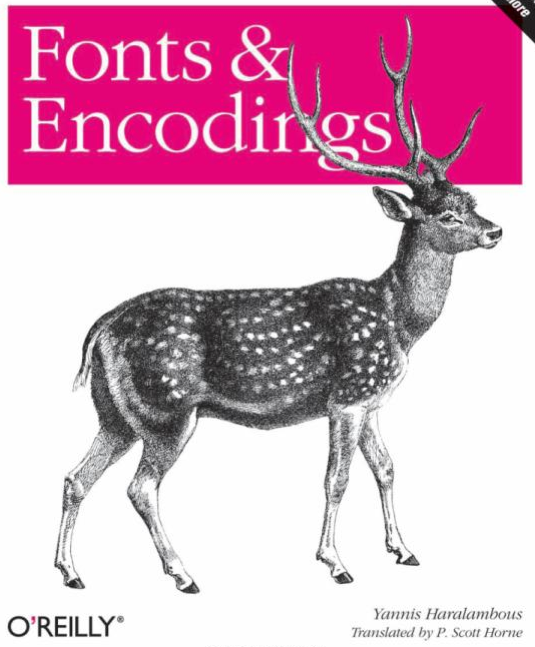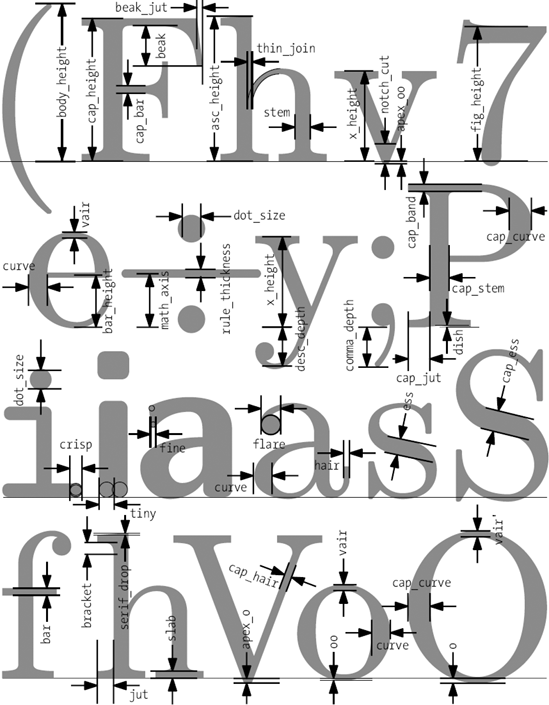TYPE DESIGN INFORMATION PAGE last updated on Fri Nov 14 13:04:26 EST 2025
FONT RECOGNITION VIA FONT MOOSE
|
|
|
|
Yannis Haralambous
Metafont/TEX font and font software developer, specializing in non-Latin fonts and their integration in TEX. Ran Atelier Fluxus Virus in Lille, France. Codeveloper of the Omega typesetting system which includes the Omega Font Family (type 1). Since 2001, professor of Computer Science at the École Nationale Supérieure des Telecommunications de Bretagne in Brest. He is the author of the 1000+-page text Fontes et codages (O'Reilly, 2004), which was translated by P. Scott Horne with the English title Fonts & encodings. From Unicode to Advanced Typography and Everything in Between (2007, O'Reilly). See also here. Also author of Keeping Greek Typography Alive, an article presented at the 1st International Conference on Typography and Visual Communication held in Thessaloniki in June 2002. Yannis Haralambous and John Plaice are the authors of Omega typesetting system, which is an extension of TeX. Its first release, aims primarily at improving TeX's multilingual abilities. In Omega all characters and pointers into data-structures are 16-bit wide, instead of 8-bit, thereby eliminating many of the trivial limitations of TeX. Omega also allows multiple input and output character sets, and uses programmable filters to translate from one encoding to another, to perform contextual analysis, etc. Internally, Omega uses the universal 16-bit Unicode standard character set, based on ISO-10646. These improvements not only make it a lot easier for TeX users to cope with multiple or complex languages, like Arabic, Indic, Khmer, Chinese, Japanese or Korean, in one document, but will also form the basis for future developments in other areas, such as native color support and hypertext features. ... Fonts for UT1 (omlgc family) and UT2 (omah family) are under development: these fonts are in PostScript format and visually close to Times and Helvetica font families. Author of From Unicode to Typography, a Case Study the Greek Script, an informatice article written in 1999. Active participant in the GNU Freefont project. With John Plaice, he contributed to these Unicode ranges:
|
EXTERNAL LINKS |
| | |

file name: Yannis Haralambous Computer Modern in Fonts And Encodings

file name: Yannis Haralambouss Fonts And Encodings
| | |
|
Luc Devroye ⦿ School of Computer Science ⦿ McGill University Montreal, Canada H3A 2K6 ⦿ lucdevroye@gmail.com ⦿ https://luc.devroye.org ⦿ https://luc.devroye.org/fonts.html |

